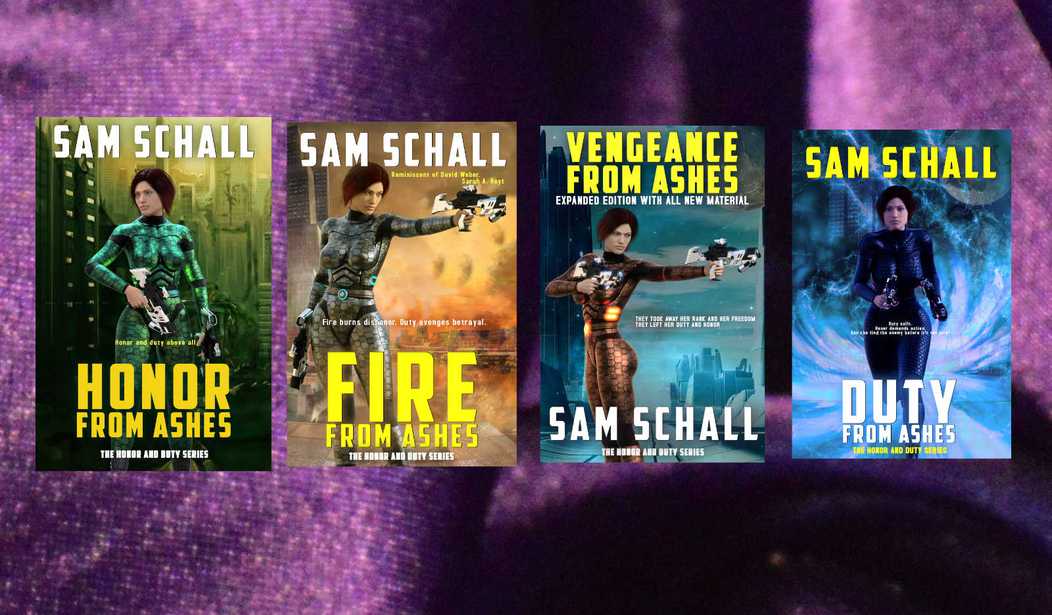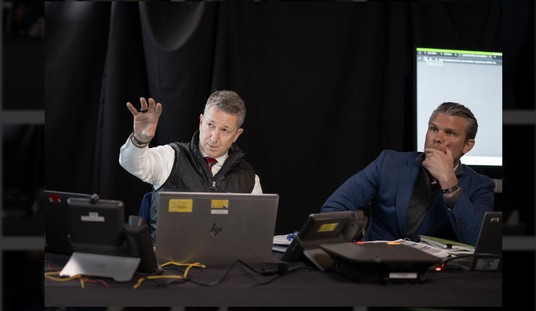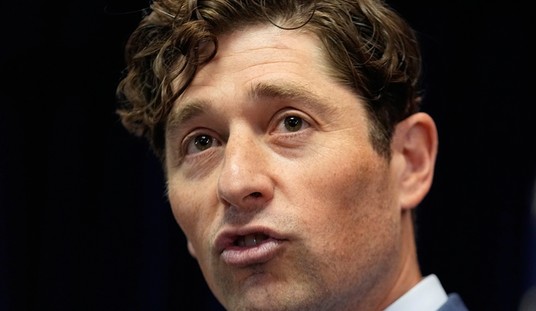[This would be Book Plug Friday except that technical difficulties are keeping me from getting the book plugs to work. So here’s your guest post on covers, by Amanda S Green. Visit her Amazon author page.]
Not so long ago, I was looking for something to read on Amazon. Where once I would have gone to the local bookstore, I turned to the internet and let my fingers do the virtual walking. I input a couple of key search terms and started looking at the titles that came up. As I did, I realized I wasn’t looking at the titles of the books. Nor was I looking at who wrote them. Instead, I was looking at the covers. Even in the age of the internet, I did what I used to when I would spend hours in a bookstore. I looked for artwork that caught my eye and sent my imagination flying.
That is the challenge of a book cover. It doesn’t matter if you are traditionally published or an indie like me. No matter how well-written the prose, if you don’t find a way to entice readers to open the book (or the online sample), you’ve lost a sale. In most cases, that enticement comes from the cover. The challenge, especially as an indie author, is to understand that it takes more than a pretty picture to do the job.
The first thing the cover must do is cue the reader into the genre of the book. You should be able to look at the cover and tell if it is science fiction or fantasy, mystery or romance. This is done through images and even through the font being used. If a reader picks up a book with rockets taking off and soldiers firing lasers, they expect to read science fiction. Most would assume the sub-genre to be military sci-fi. If instead of that, they get a romance set on the outer space version of the Love Boat, you’re going to find yourself on the receiving end of a number of negative reviews. Why? Because they were fooled by the cover into thinking the book was one thing when, in truth, it was something else.
As indie authors, we have an advantage over traditionally published authors. We can change our covers whenever we want. Trends in covers change, sometimes for the good and sometimes not. When Fifty Shades of Grey was so popular, a number of traditional publishers decided one way to increase their sales numbers was to copy the cover style of EL James’ series. Suddenly, we were inundated with greyscale covers with handcuffs or ties or party masks on them. Sure, the titles were different but our eyes glossed over the title and our brains, seeing covers that looked so much like others we had seen, didn’t tag the other books as new titles. A number of good authors found their books delayed because their publishers wanted to “rebrand” them by putting on new covers that made them look like 50 Shades rip-offs.
That was an example of how following the trend can hurt sales. It had little to do with the fact “mommy porn” was suddenly a big seller. It had everything to do with the fact the covers looked too much alike. So how do we, as indies, follow the trends without falling into that trap?
That’s a question I found myself having to answer not long ago. When I first started writing, I never planned on writing a series, much less four series. So a number of my covers, while perfectly fine for standalone books, didn’t meet the needs for a series. There needed to be a common theme to the covers in a single series. Without that common theme, or a common “brand”, it was harder for readers to tell just by looking at the covers what books were related to what.
I did my homework, looking at not only my sales numbers but what other series in my genres were doing for covers. Then I went hat in hand, to Sarah. I explained that I loved the work she had done for my earlier books and admitted I’d made a mistake. Instead of letting her design the covers, I’d gone looking for stock art and limited her to lettering the covers. Instead of beating me about the head and shoulders, she said not to worry, she had some ideas.
In short order, she presented me with new covers for the Honor & Duty series. Each cover is different, but the central image is of the same person. She is in different poses. Her uniform changes. So does the background image. But there is a commonality between the covers that brands them. Best of all, the covers are unique because they don’t use stock art available to anyone willing to open an account and pay the price.
Now to see how much groveling it will take to get Sarah to design new covers for my other books. . .
PJM: So, you’re one of the new independent writer/publishers, making it out there, in the new world of selling stories directly to the public.
Tell us a little about yourself.
Amanda: The flip answer is that I’m still trying to figure out what I want to be when I grow up. The honest answer is that I am finally doing what I have always wanted to do – I’m writing stories I hope people want to read.
Other than that, I’m a proud mother. I am owned by cats (are there many authors who aren’t?) and have a dog who thinks he’s the size of a St. Bernard even though he is a corgi/beagle mix.
PJM: Tell us how you came to publish indie? Was it a choice? Did you ever do it traditionally? Do you also traditionally publish?
Amanda: I came to indie publishing the same way a lot of writers have. I’d tried for years to break into traditional publishing without success. When Amazon first opened up to indie authors, I had already been looking for alternatives. After talking with several authors I knew, I decided to take the plunge. After all, what did I have to lose?
That’s not to say I didn’t take certain precautions. Indie, especially through Amazon, was brand new. Most of those who deigned to even notice the beginning of the indie movement claimed going indie would taint you for traditional publishers from that point on. Because of that, I brought my first book, Wedding Bell Blues, out via a micro-press that was really my author mentor and myself at that time. I also published it under a pen name just in case I wanted to continue trying for a contract with a traditional publisher.
After seeing what indie publishing offered, it didn’t take long for me to decide that was the route to follow (although, there is one traditional publisher I would still consider signing with).
PJM: Tell us about your latest book?
Amanda: My latest book, Fire from Ashes, is the fourth novel in the Honor & Duty series. It is available now for pre-order and will be released July 3rd. Part space opera, part military science fiction, it follows the actions of Ashlyn Shaw as she tries to do her duty not only to her home planet but to her family. Here’s the blurb:
At war with an old enemy, betrayed by a supposed ally, Fuercon is a system on the brink of disaster. All that stands between it and defeat are its Space Navy and Marines – and the fact the betrayer does not yet know its secret plans have been discovered. But will that be enough to turn the tide of war?
Honor and duty.
Honor and duty have guided Colonel Ashlyn Shaw’s life for as long as she can remember. Honor kept her sane when she was betrayed by those she had fought beside. Duty gave her reason to trust again once the betrayal came to light and her name, as well as the names of her fellow Devil Dogs, was cleared. Now she and the Marines under her command are once again asked to risk their lives to protect Fuercon from its enemies.
Family and the Corps.
They are why she fights. She knows what will happen to them should Fuercon fall to the Callusians. Their lives are worth any sacrifice she must make to help keep their homeworld safe.
Betrayal.
The not-so-secret driving force of Ashlyn’s life. Four years ago, someone betrayed her and her command. That person now works to betray Fuercon. Ashlyn is determined to discover who – and why – and bring them to justice.
The storm clouds of war gather and time is running out. Will Ashlyn and the Devil Dogs be able to turn back the enemy and unmask the betrayer before all is lost?
PJM: How did you start writing? What did you envision as your career in writing (if you did)?
Amanda: I honestly don’t remember a time when I didn’t have stories I wanted to tell other people. Once I learned to write, I put them down on paper. Writing is a part of me, something I’m not sure I could ever stop doing, even if I wanted to.
What did I envision as my career in writing? When I was younger, I thought it would be exciting and something where I’d make more money than I knew what to do with, sort of like the so-called career shown the ABC show “Castle”. Then reality hit and I knew it would be a lot of work and I set the goal of being able to one day quit my day job and write full time. That was also about the time I realized writing was a career, a job, and needed to be treated as such.
PJM: What are the good and bad points of being an indie author? Would you like to be traditionally published someday, or do you have absolutely no interest in doing it?
Amanda: The good points of being an indie author are that I am in control of my career. I can write what I want when I want. I am in control of when my books come out and, other than expenses, all the money flows to me. Since I’m a capitalist at heart, that last is important. I’ve always had an issue with spending months or years writing a book and then getting a very small fraction of the monies made from it.
The bad points of being an indie author mirror, to a degree, the good points. I can write what I want when I want. But I need to be aware of what the market, the readers, are buying and determine if I need to conform to the current trend or go off on whatever fictional road I want. I also have to make sure my work is edited, that I have covers that not only signal the appropriate genre but interest a reader enough to check out the sample or hit the “buy now” button. Promotion is also all on me. However, when you consider how little traditional publishers do today to promote most of the books they publish, that latter would be the same even if I were traditionally published.
As I mentioned earlier, there is only one traditional publisher I would consider signing with today. Even then, I would think long and hard about it. I like the freedom of being my own boss. I also like the fact that my books aren’t delayed a year or more from the time I finish to the time they are published. One of the drawbacks of traditional publishing is they have only so many slots per month for new work. That means you have to wait your turn before you book comes out. As an indie, all I have to do is make sure the book is the best I can make it and then hit the publish button.
PJM: A lot of people point to things like getting editing, covers and such things that the houses used to do. Is this very difficult for you?
Amanda: No, but only because I have a good network of friends and professionals who I can turn to. I trade out editing with other authors. My covers are done by Sarah A. Hoyt. In return, I copy edit for her. The key is building your professional network and finding people you trust to help you – and being willing to return the favor.
PJM: Where do you want to go with your career. Pie in the sky – where would you like to be in your writing career in ten years.
Amanda: Pie in the sky? I want to be a best seller. I want to make enough money to be able to do what I want when I want without having to check my bank account. But, most of all, I want to still be writing books that people want to read.









Join the conversation as a VIP Member